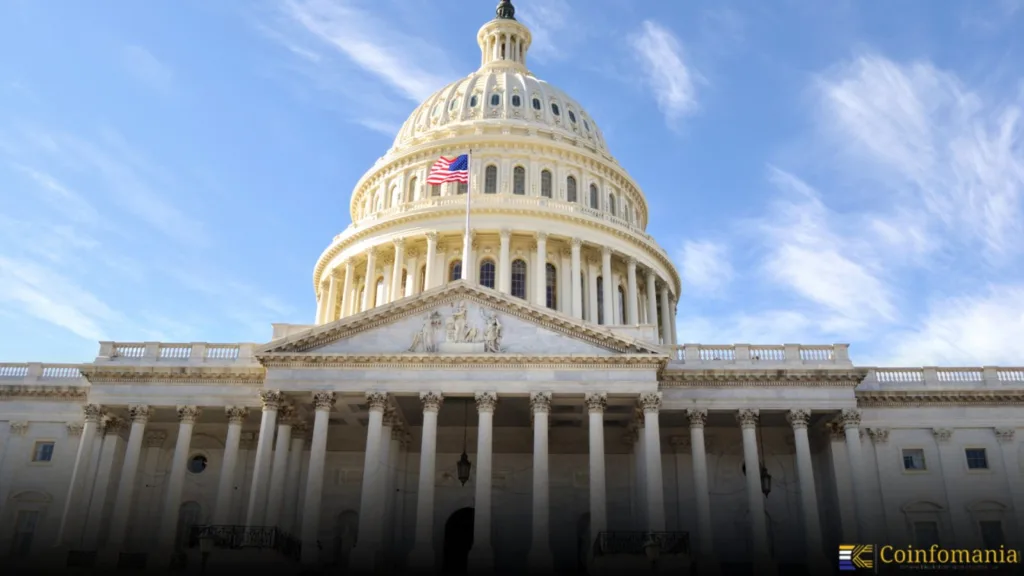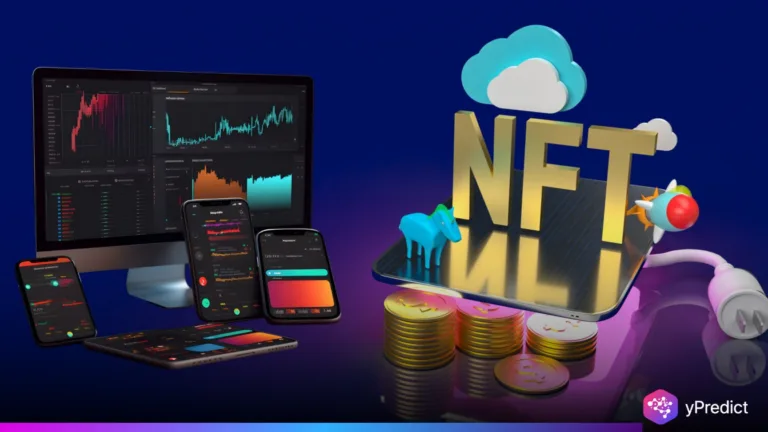
The U.S. House Committee on Financial Services has formally come out in support of looking into digital currencies, allowing the country to join a global movement that is already underway. The July 15, 2025, action adds significance to earlier actions, such as the passing of the GENIUS Act on the Senate side in June. The GENIUS Act suggests that Washington may be moving towards a legal framework for stablecoins, channeling growing interest in crypto assets and blockchain systems. Under the pro-crypto policies of President Trump, this policy now means that the U.S. would do technological fluff and fuss in a separate stream from other countries across the world who have been innovating and are getting ahead in terms of blockchain and AI-driven infrastructure.
Across more than 90 countries, central banks are working on deploying or piloting digital currencies, and the U.S. lag has been created due to institutional inertia and a lack of converging regulations. But the recent endorsement from the U.S. House marks a turning point in how digital assets, especially AI-driven crypto applications, may evolve in the country’s financial system.
GENIUS Act Sets the Tone for Stablecoin Regulation
In June 2025, the Senate passed the GENIUS Act, which provides a straightforward pathway for the regulation of stablecoins. The framework recognizes the most pressing issues in the crypto space – volatility, consumer protection, and systemic risk – that have been issues for years. The passage of the bill has renewed enthusiasm among blockchain developers, especially those using AI-modified environments to stabilize their token ecosystems. The bill encourages transparency, licensing, and auditability in real-time, which essentially involves turning to AI.
Developers can now use AI to track liquidity, pattern risk, and act in real time with market changes. With the U.S. House now aligned on this issue, the groundwork is laid for innovation to scale responsibly under a defined regulatory perimeter. AI-based analytics tools are also expected to help regulators monitor stablecoin performance in real time. These tools could allow institutions to predict market anomalies or risks of manipulation before they occur, tightening the feedback loop between policy and performance.
Trump Crypto Policies Challenge SEC’s Historical Stance
President Trump’s administration has been openly supportive of digital asset innovation, often clashing with the SEC’s more conservative approach. His pro-crypto stance now places AI at the center of regulatory discussion, as automated systems become critical for both compliance and innovation. A 2024 GAO report noted that regulatory uncertainty had throttled U.S. blockchain growth, especially when compared to innovation hubs like Switzerland and Singapore.
By clarifying rules through both the GENIUS Act and the recent U.S. House backing, Trump’s crypto policies aim to reverse that slowdown. With fewer legal bottlenecks, U.S.-based AI firms building for blockchain environments can now move faster. This may result in a surge of AI-native DeFi tools, smarter AML (anti-money laundering) systems, and automated stablecoin reserves, all tailored to meet new federal standards.
Global CBDC Adoption Raises Pressure on U.S. AI Readiness
The July 2025 move also acknowledges a mounting global trend. A 2023 report from the Bank for International Settlements (BIS) confirmed that more than 90 countries are exploring Central Bank Digital Currencies (CBDCs). Many of these efforts rely on AI to authenticate transactions, protect identities, and forecast macroeconomic outcomes. It is in this context that the U.S., largely because of regulatory fragmentation, lost much of its ground.
Now, with both the U.S. House and Senate moving forward and supporting frameworks around stablecoins and digital currencies, the United States can begin to make up some of this ground again, if AI is deployed correctly. From streamlining interbank transfers to creating dynamic exchange rate models, AI’s role in CBDC ecosystems is becoming central. U.S.-based institutions will now have to ramp up AI infrastructure not only to compete globally but to ensure financial systems remain agile, transparent, and secure.
AI at the Core of U.S. Blockchain Revival
The alignment of U.S. House actions, Senate legislation, and Trump crypto support gives blockchain developers a fresh regulatory runway. But the success of this digital currency agenda will depend heavily on AI adoption across the public and private sectors. From enforcing stablecoin regulation to detecting illicit flows flagged by the NPR and IMF reports, artificial intelligence offers a scalable enforcement toolkit. It is no longer merely about keeping up with international trends; America is entering an AI-enhanced race to redefine digital finance. If done correctly, the integration of blockchain and AI within this new regulatory environment, may be able to restore U.S. preeminence in fintech innovation, creating a new global standard.






